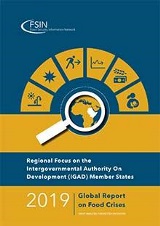Publications
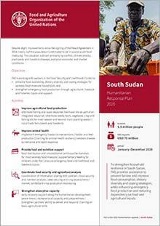
South Sudan: Humanitarian Response Plan 2020
02/2020
A combination of severe flooding, dry spells, insecurity, disease and pests, the economic crisis, the effects of COVID-19, limited access to basic services and the cumulative effects of prolonged asset depletion and loss of livelihoods continues to drive food insecurity across South Sudan.
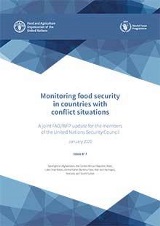
Monitoring food security in countries with conflict situations (Issue No.7 - January 2020)
01/2020
This seventh FAO/WFP update to the UNSC covers five countries (Afghanistan, the Central African Republic, Haiti, Somalia and South Sudan) and two regions (the Lake Chad Basin and central Sahel) that are currently experiencing protracted conflict and insecurity and in which, according to latest figures, almost 30 million people need urgent food, nutrition and livelihood assistance.
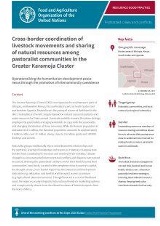
Cross-border coordination of livestock movements and sharing of natural resources among pastoralist communities in the Greater Karamoja Cluster
12/2019
One of the 25 selected winning development projects/SDG solutions at the Expo 2020 Dubai Global Best Practice Programme

Resilience analysis of pastoral and agropastoral communities in South Sudan’s cross-border areas with Sudan, Ethiopia, Kenya and Uganda
09/2019
The IGAD member states are situated in a region exposed to recurrent natural shocks, political instability and characterized by internal and cross-border population displacement.

South Sudan Resilience Strategy 2019–2021
09/2019
The resilience of communities in South Sudan has declined and continued to be eroded since the eruption of conflict in late 2013.
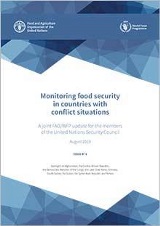
Monitoring food security in countries with conflict situations (Issue No.6 - August 2019)
09/2019
This update, facilitated by the Food Security Information Network and produced under the Global Network Against Food Crises, provides the members of the United Nations Security Council with an overview of the magnitude, severity and drivers of acute food insecurity in nine countries and territories that have the world’s highest burden of people in need of emergency food, nutrition and livelihood assistance as a result of protracted conflict combined with other factors.
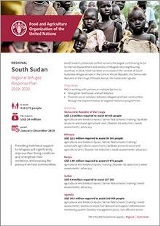
South Sudan Regional Refugee Response Plan 2019–2020
02/2019
South Sudan’s protracted conflict remains the largest contributing factor to internal displacement and exodus of refugees into neighboring countries.
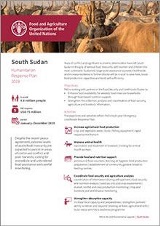
South Sudan: Humanitarian Response Plan 2019
02/2019
Years of conflict and significant economic deterioration have left South Sudan in the grip of serious food insecurity, with women and children the most vulnerable.
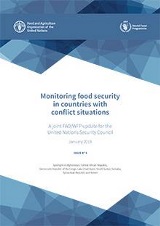
Monitoring food security in countries with conflict situations (Issue No.5-January 2019)
01/2019
The fifth issue of the FAO/WFP update for the United Nations Security Council (UNSC) provides United Nations Security Council (UNSC) members with an overview of the magnitude, severity and drivers of acute food insecurity in eight countries and regions that have the world’s highest burden of people in need of emergency food, nutrition and livelihood assistance as a result of protracted conflict combined with other factors.

